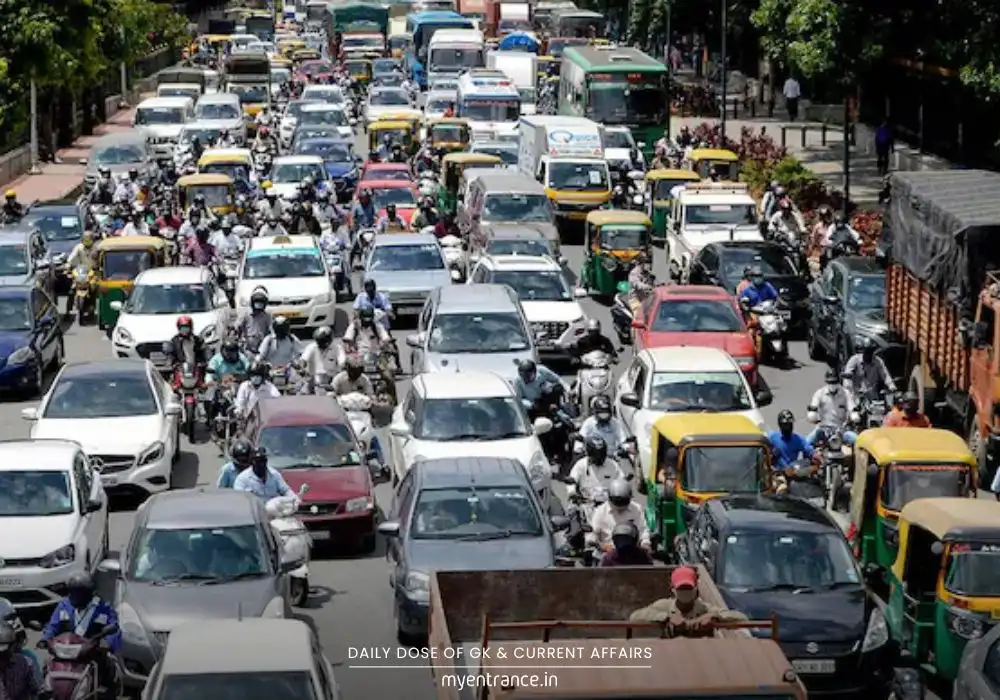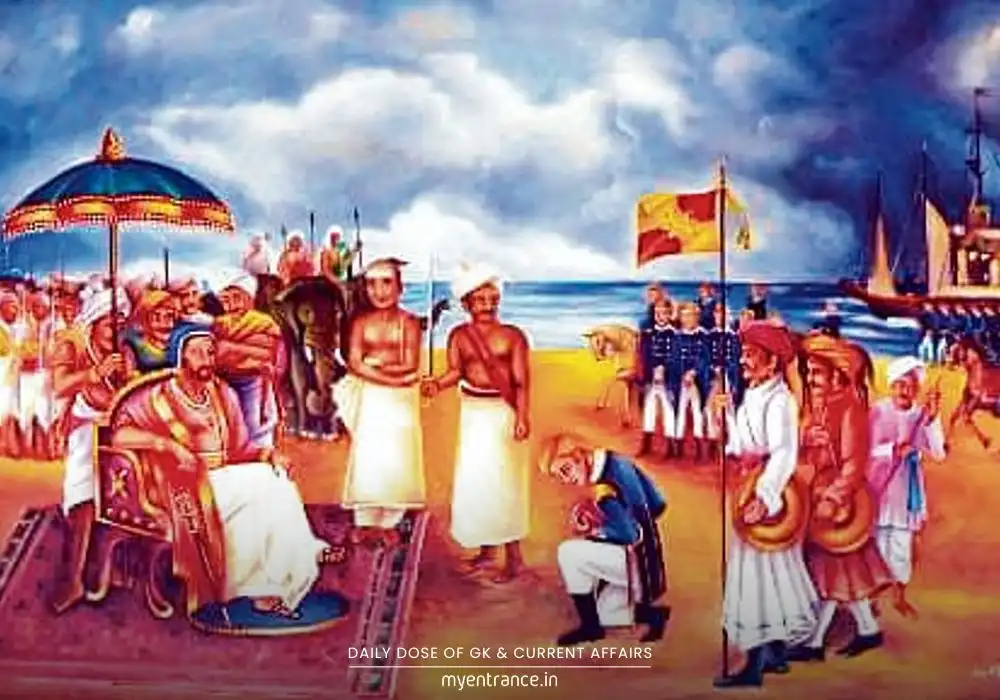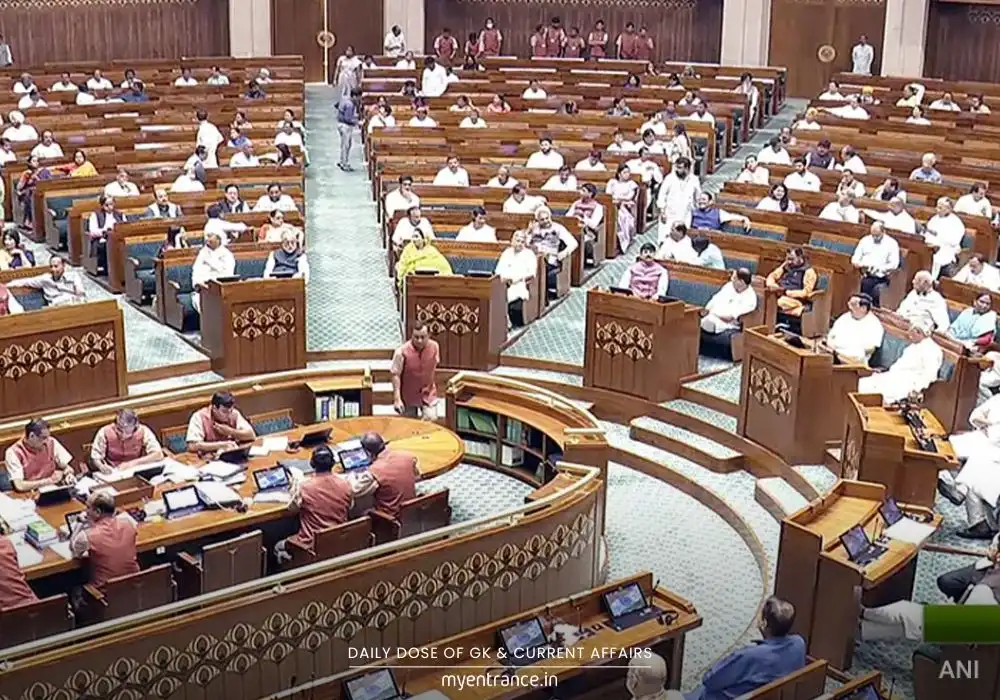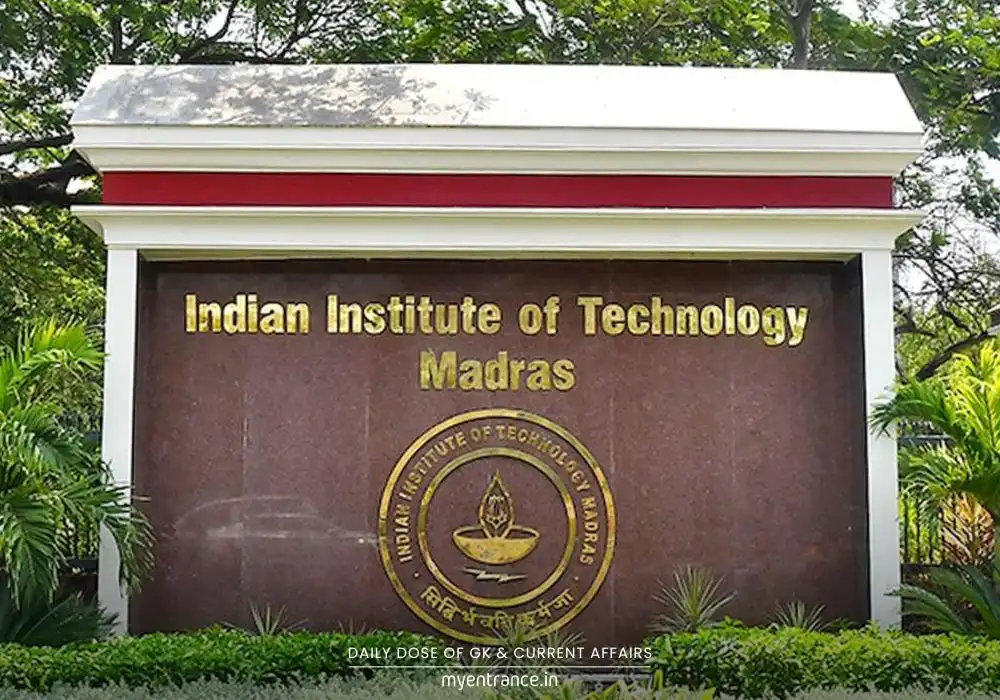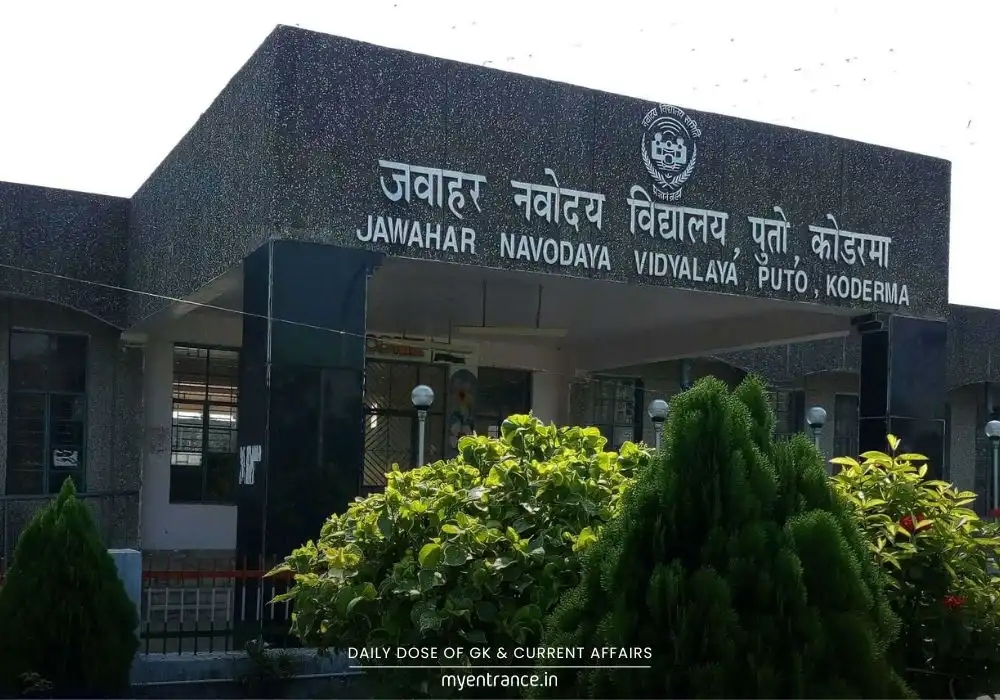Translate Language
Great Indian Bustard on the Brink: How Power Corridors Could Save India’s Critically Endangered Bird
The critically endangered Great Indian Bustard (GIB) faces extinction due to collisions with power lines in its shrinking habitats. To resolve the renewable energy vs. conservation deadlock, an SC-appointed committee proposes “power corridors” in Rajasthan and Gujarat. This article unpacks the plan, its ecological stakes, and why it’s vital for your exams.

The Power Corridor Proposal: A Delicate Balance
The Supreme Court’s expert committee has introduced a nuanced solution to protect the Great Indian Bustard (GIB) while supporting renewable energy expansion. Instead of a blanket ban on overhead power lines in GIB habitats, the panel recommends creating designated “power corridors” – 5 km-wide zones in Rajasthan and 1–2 km-wide segments in Gujarat. These corridors aim to consolidate transmission lines, minimizing haphazard criss-crossing that leads to fatal bird collisions.
Key Mitigation Measures:
Revised Conservation Zones: Expanded priority areas in Rajasthan (14,013 sq km) and Gujarat (740 sq km) for focused protection.
Underground Cabling: Immediate burial of high-risk power lines identified by the SC.
Voltage-Based Action:
Lines above 220 kV assessed case-by-case for rerouting or burial.
79 km of lines in Gujarat to be buried/rerouted outside priority zones.
Strict Regulations:
No new overhead lines, wind turbines, or solar plants (>2 MW) in priority areas.
Only 11 kV lines permitted, strictly via power corridors.
No restrictions outside priority zones.
Controversy & Dissent:
One committee member opposed exempting existing power lines from mitigation, citing inadequate protection for GIBs. The debate highlights the tension between rapid green energy growth and species survival.
Why Power Corridors?
GIBs have narrow frontal vision and can’t detect power lines mid-flight. By channeling transmission infrastructure into consolidated corridors, birds face fewer collision risks while renewable projects advance.
Why This Matters for Exams:
Environment & Ecology (Prelims): Covers IUCN “critically endangered” species, habitat conservation, and human-wildlife conflict – frequent themes in SSC/UPSC.
GS Paper III (Mains): Tests analytical skills on dilemmas like renewable energy vs. biodiversity, EIA, and sustainable development.
Current Affairs Relevance: SC’s judicial intervention (2021 order recalled in 2024) exemplifies dynamic policy-adjustment – a hot topic for interviews.
Flagship Species Concept: GIB’s decline signals grassland ecosystem collapse, making it a benchmark for conservation questions.
Questions & Answers:
Q1. The Great Indian Bustard is critically endangered mainly due to:
(a) Climate change
(b) Poaching and habitat fragmentation
(c) Collisions with power lines
(d) Invasive species
Q2. What is the width of proposed power corridors in Rajasthan?
(a) 1–2 km
(b) 10 km
(c) 5 km
(d) 3 km
Q3. Why did the SC recall its 2021 order mandating underground power lines?
Ans: The Centre argued undergrounding was “practically impossible” over long distances, citing technical and economic feasibility issues for renewable energy projects.
Q4. How do power corridors balance conservation and renewable energy goals?
Ans: They consolidate transmission lines into designated zones, reducing random criss-crossing and bird collisions while permitting controlled infrastructure development.
Q5. Explain why the Great Indian Bustard is a ‘flagship species’ for conservation.
Ans: As a top grassland bio-indicator, its survival reflects ecosystem health. Protecting GIB habitats benefits other endangered species (like the Lesser Florican) and preserves arid biodiversity.
Get 3 Months Free Access for SSC, PSC, NIFT & NID
Boost your exam prep!
Use offer code WELCOME28 to get 3 months free subscription. Start preparing today!


